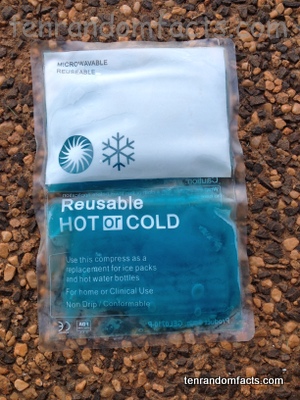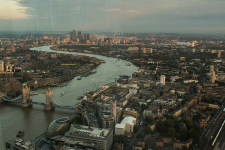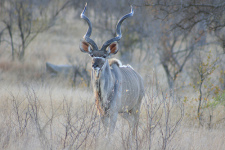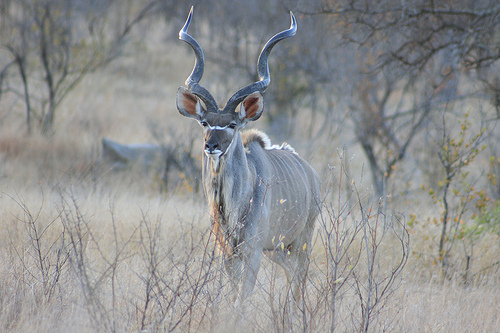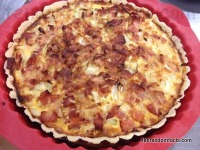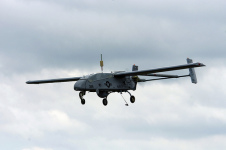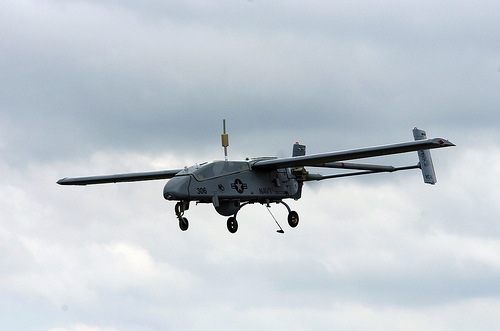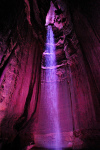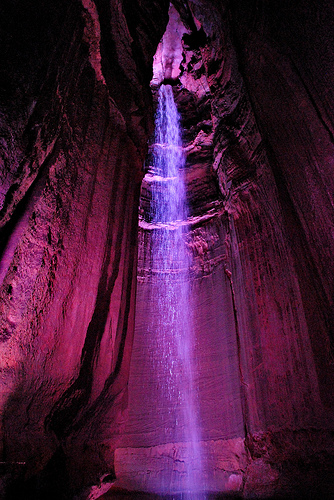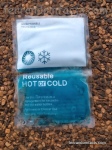
It is never a good idea to eat an ice pack.
- An ice pack is generally a sealed pouch that contains liquid or a semi-liquid substance, such as water or gel, that emits cold temperatures for extended periods of time, generally after freezing the pack.
- ‘Ice packs’ are also known as ‘gel packs’ and ‘cold packs’, while ‘ice bricks’ are often used for the same purpose, although they usually have a rigid casing.
- Ice packs are typically used to keep items at low temperatures, like food items in a cooler or portable ice box, or a shipping container; as well as for medical purposes, like reducing swelling and pain from minor injuries.
- Ice packs are usually soft, plastic pouches, often rectangular in shape, but various other shapes are also available, and their advantage over ice bricks is that they are often more flexible, allowing them to be moulded around a human limb.
- Some ice packs can be permanently stored at room temperatures, and can be ‘cracked’ when needed, to create a chemical reaction that releases cool temperatures.
- The substance in ice packs can be toxic and potentially fatal, and toxic gels include ethylene or diethylene glycol, which can be illegal in some countries.
- Common, safe gels used in ice packs include hydroxyethyl cellulose or silica gel, and they are most often coloured blue, but come in a variety of colours.
- Often ice pack’s contain gel, however, when the pouch contains a liquid, the liquid will still usually contain chemicals that assist with keeping the pack colder for longer.
- One of the earliest ice pack patents was filed in 1938, by Claude Brown from Chicago, in the United States, and ice packs were available for purchase in 1948.
- Some ice packs can also be heated to be used for similar purposes, except they emit hot temperatures instead of cold.



